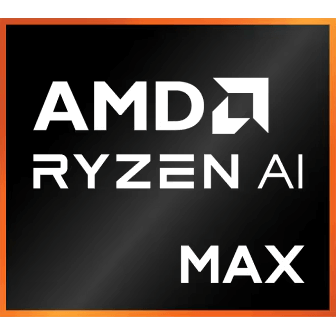Intel Celeron N3350 vs Intel Core 7 240H
We compared two laptop CPUs: Intel Celeron N3350 with 2 cores 1.1GHz and Intel Core 7 240H with 10 cores 2.5GHz . You will find out which processor performs better in benchmark tests, key specifications, power consumption and more.
Main Differences
Intel Celeron N3350 's Advantages
Lower TDP (6W vs 45W)
Intel Core 7 240H 's Advantages
Released 8 years and 4 months late
Better graphics card performance
Higher specification of memory (6400 vs 2400)
Larger memory bandwidth (83.2GB/s vs 29.9GB/s)
Newer PCIe version (5.0 vs 2.0)
Higher base frequency (2.5GHz vs 1.1GHz)
More modern manufacturing process (10nm vs 14nm)
Score
Benchmark
Cinebench R23 Single Core
Intel Celeron N3350
189
Intel Core 7 240H
+900%
1891
Cinebench R23 Multi Core
Intel Celeron N3350
262
Intel Core 7 240H
+6247%
16631
Geekbench 6 Single Core
Intel Celeron N3350
253
Intel Core 7 240H
+962%
2688
Geekbench 6 Multi Core
Intel Celeron N3350
255
Intel Core 7 240H
+5107%
13279
Passmark CPU Single Core
Intel Celeron N3350
798
Intel Core 7 240H
+383%
3858
Passmark CPU Multi Core
Intel Celeron N3350
1104
Intel Core 7 240H
+1962%
22770
General Parameters
Aug 2016
Release Date
Dec 2024
Intel
Manufacturer
Intel
Laptop
Type
Laptop
x86-64
Instruction Set
x86-64
Apollo Lake
Core Architecture
Raptor Lake
N3350
Processor Number
240H
BGA-1296
Socket
BGA-1744
HD Graphics 500
Integrated Graphics
Iris Xe Graphics (64EU)
-
Generation
Core 7(Raptor Lake-H Refresh)
Package
14 nm
Manufacturing Process
10 nm
6 W
Power Consumption
35-45 W
-
Max Turbo Power Consumption
115 W
105 °C
Peak Operating Temperature
100 °C
-
Foundry
Intel
CPU Performance
2
Performance Cores
6
2
Performance Core Threads
12
1.1 GHz
Performance Core Base Frequency
2.5 GHz
2.4 GHz
Performance Core Turbo Frequency
5.2 GHz
-
Efficiency Cores
4
-
Efficiency Core Threads
4
-
Efficiency Core Base Frequency
1.8 GHz
-
Efficiency Core Turbo Frequency
4 GHz
2
Total Core Count
10
2
Total Thread Count
16
-
Bus Frequency
100 MHz
-
Multiplier
25
48 K per core
L1 Cache
80 K per core
2 MB per core
L2 Cache
2 MB per core
-
L3 Cache
24 MB shared
No
Unlocked Multiplier
No
-
SMP
1
Memory Parameters
DDR3L-1866, LPDDR3-1866, LPDDR4-2400
Memory Types
DDR5-5600,DDR4-3200,LPDDR5-6400,LPDDR5x-6400,LPDDR4x-4267
8 GB
Max Memory Size
96 GB
2
Max Memory Channels
2
29.9 GB/s
Max Memory Bandwidth
83.2 GB/s
No
ECC Memory Support
No
Graphics Card Parameters
true
Integrated Graphics
true
200 MHz
GPU Base Frequency
300 MHz
650 MHz
GPU Max Dynamic Frequency
1550 MHz
96
Shader Units
512
12
Texture Units
32
2
Raster Operation Units
16
12
Execution Units
64
6 W
Power Consumption
15
3840x2160 - 30 Hz
Max Resolution
-
0.12 TFLOPS
Graphics Performance
1.59 TFLOPS











